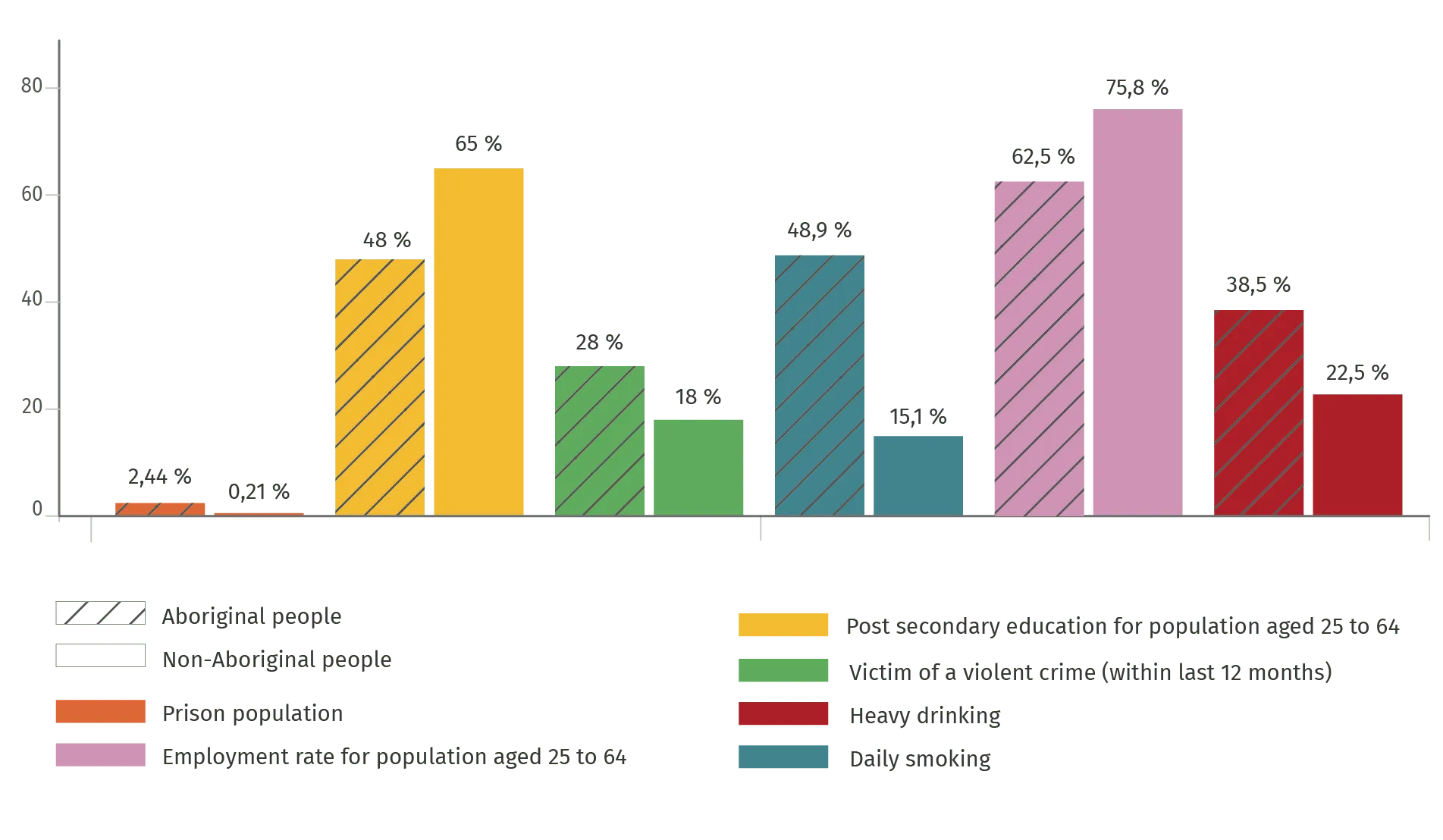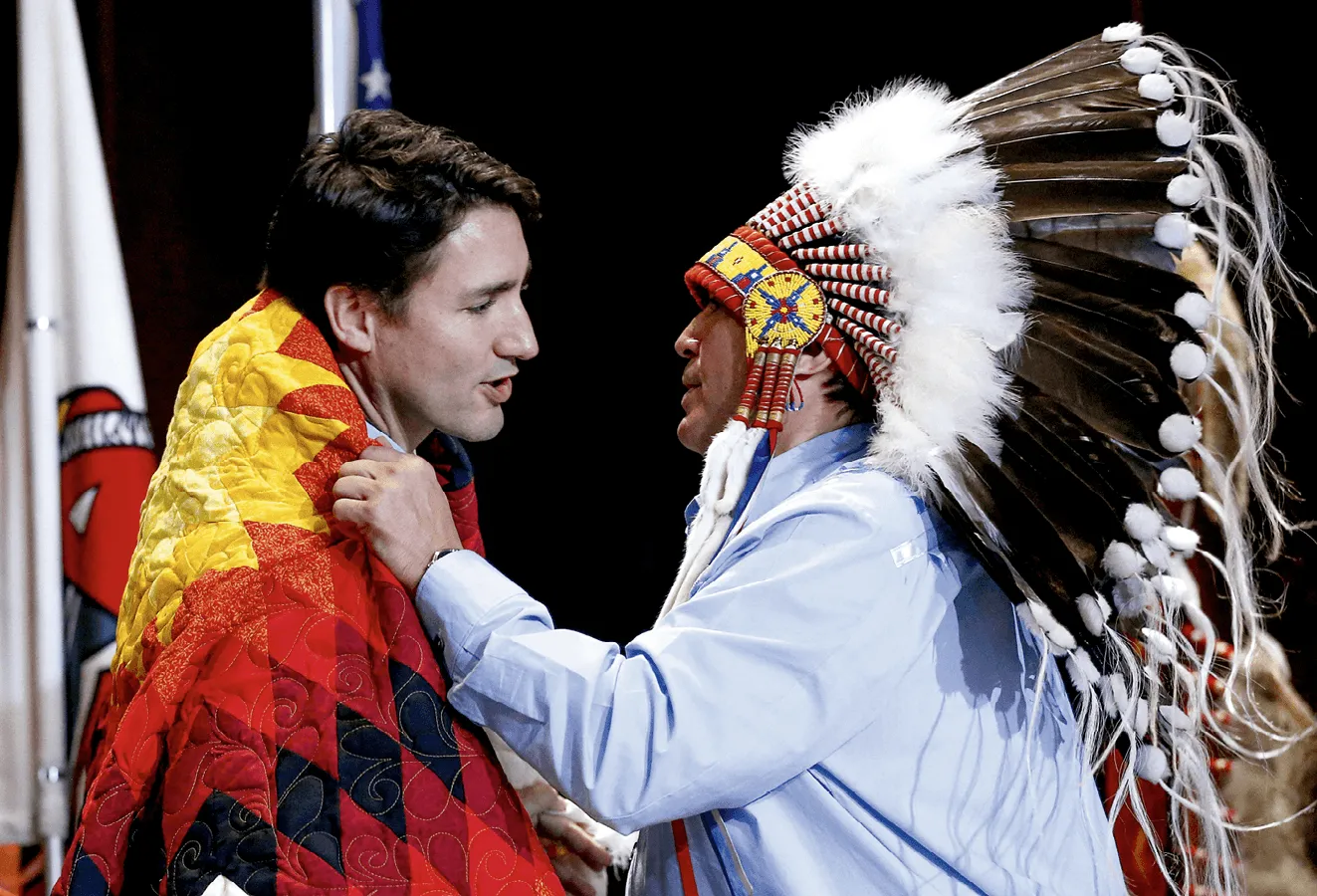Anglais Terminale
Rejoignez la communauté !
Co-construisez les ressources dont vous avez besoin et partagez votre expertise pédagogique.
Mes Pages
1. Identities and Exchanges
Ch. 1
The Canadian Tale
Ch. 2
Go Greek!
2. Private and Public Spheres
Ch. 3
Is It a Man’s World?
Ch. 4
The Roaring Twenties
3. Art and Power
Ch. 5
A Camera of Her Own
Ch. 6
A Never-Ending (Hi)story?
Ch. A
Conscious Art
4. Citizenship and Virtual Worlds
Ch. 7
To Tweet or Not to Tweet?
Ch. B
Digital Passports at Risk...
Ch. C
May I Borrow This?
5. Fiction and Realities
Ch. 8
Chivalry Isn’t Dead!
Ch. 9
It’s GoT to Be Shakespeare!
6. Scientific Innovations and Responsibility
Ch. 10
Breaking the Code
Ch. 11
Green Waves
Ch. D
To Infinity and Beyond!
Ch. num
Tech for the Future?
7. Diversity and Inclusion
Ch. 12
Multicultural New Zealand
Ch. 13
Black Lives Matter
8. Territory and Memory
Ch. 14
Lighting Up Africa
Ch. 15
American Vibes
Fiches Méthode
Précis
Précis culturel
Précis de communication
Précis phonologique
Précis grammatical
Verbes irréguliers
CECR et programme
Rabats & annexes
Révisions
Ressource affichée de l'autre côté.
Faites défiler pour voir la suite.
Faites défiler pour voir la suite.
Group 1
Each group is in charge of a document. Study it and
Ressource affichée de l'autre côté.
Faites défiler pour voir la suite.
Faites défiler pour voir la suite.
Picture


Ressource affichée de l'autre côté.
Faites défiler pour voir la suite.
Faites défiler pour voir la suite.
Group 2
Each group is in charge of a document. Study it and
Ressource affichée de l'autre côté.
Faites défiler pour voir la suite.
Faites défiler pour voir la suite.
Text document
The protesters in northern British Columbia had camped out for days amid bitter cold and deep snow, manning a checkpoint to prevent construction vehicles from entering the territory of the Wet'suwet'en nation. […]
But the dramatic scenes highlighted a broader issue for Canada in 2019: swaths of territory – never signed away by treaty or seized in war – still belong to indigenous nations who are fighting back against resource projects they say they never consented to.
Unlike the rest of the country – where relationships between indigenous groups and the state are governed by treaties – few indigenous nations in British Columbia ever signed deals with colonial authorities, meaning the federal government still operates in a vacuum of authority on their lands, said Gordon Christie, a scholar of indigenous law at the University of British Columbia.“What I see is a long history of the Canadian government doing its best to avoid acknowledging the existence of other systems of government,” he said. […]
In recent months, tensions with indigenous peoples have flared across Canada as energy companies seek to construct projects on and through indigenous lands. Both TransCanada, which is attempting to build the Coastal GasLink pipeline and Kinder Morgan, which was pushing the TransMountain pipeline, have faced fierce opposition from indigenous groups.
But the dramatic scenes highlighted a broader issue for Canada in 2019: swaths of territory – never signed away by treaty or seized in war – still belong to indigenous nations who are fighting back against resource projects they say they never consented to.
Unlike the rest of the country – where relationships between indigenous groups and the state are governed by treaties – few indigenous nations in British Columbia ever signed deals with colonial authorities, meaning the federal government still operates in a vacuum of authority on their lands, said Gordon Christie, a scholar of indigenous law at the University of British Columbia.“What I see is a long history of the Canadian government doing its best to avoid acknowledging the existence of other systems of government,” he said. […]
In recent months, tensions with indigenous peoples have flared across Canada as energy companies seek to construct projects on and through indigenous lands. Both TransCanada, which is attempting to build the Coastal GasLink pipeline and Kinder Morgan, which was pushing the TransMountain pipeline, have faced fierce opposition from indigenous groups.
“Pipeline battle puts focus on Canada's disputed right to use indigenous land”
Ressource affichée de l'autre côté.
Faites défiler pour voir la suite.
Faites défiler pour voir la suite.
Group 3
Each group is in charge of a document. Study it and
Ressource affichée de l'autre côté.
Faites défiler pour voir la suite.
Faites défiler pour voir la suite.
Picture


Ressource affichée de l'autre côté.
Faites défiler pour voir la suite.
Faites défiler pour voir la suite.
Namwayut: we are all one. Truth and reconciliation in Canada | Canada is ..., CBC, 2017.
Ressource affichée de l'autre côté.
Faites défiler pour voir la suite.
Faites défiler pour voir la suite.
Questions
You are in charge of one document.
Share your findings and learn about the other documents.
b. How do you think this relationship might evolve?
1
Go online to find out more about the Aboriginal Canadians. What percentage of the Canadian population do Aboriginal peoples represent?2
What does your document show about the relationship between Indigenous peoples and the rest of Canada?
Useful vocabulary
Aboriginals account for…
They are more likely to…
Almost half of the population… whereas only a minority…
They are more likely to…
Almost half of the population… whereas only a minority…
Let's talk this out!
Mediation
Share your findings and learn about the other documents.
3
a. Why is the relationship between Indigenous peoples and the rest of Canada complicated?
b. How do you think this relationship might evolve?
Useful vocabulary
To me, it is likely that…
I predict…
The situation might improve / get worse...
I predict…
The situation might improve / get worse...
Ressource affichée de l'autre côté.
Faites défiler pour voir la suite.
Faites défiler pour voir la suite.
- Aboriginal /ˌæbəˈrɪdʒɪnl/ / Indigenous /ɪnˈdɪdʒɪnəs/ (adj. or n.) → First Nations (exp.)
- ask for forgiveness (exp.)
- feel guilty / responsible for (exp.)
- make amends /əˈmɛndz/ to s. o. / for sthg. (exp.)
- (a) people (n.)
- acknowledge /ækˈnɒlɪdʒ/ (v.)
- admit (v.)
Toolbox
Ressource affichée de l'autre côté.
Faites défiler pour voir la suite.
Faites défiler pour voir la suite.
Le passif
a. Observez la phrase en gras dans . Comment se compose le groupe verbal et à quel temps est-il ?b. Quelle différence de sens remarquez-vous avec la phrase suivante : « Treaties govern relationships between indigenous groups and the state. » ?
Ressource affichée de l'autre côté.
Faites défiler pour voir la suite.
Faites défiler pour voir la suite.
Tell a Canadian Tale
In groups: each member gives a word from the unit, then they work together to write a short story including all these words.Extra challenge
Use as many passive forms as possible!Ressource affichée de l'autre côté.
Faites défiler pour voir la suite.
Faites défiler pour voir la suite.
Over to you!
Ressource affichée de l'autre côté.
Faites défiler pour voir la suite.
Faites défiler pour voir la suite.
Tweet it out!
Une erreur sur la page ? Une idée à proposer ?
Nos manuels sont collaboratifs, n'hésitez pas à nous en faire part.
j'ai une idée !
Oups, une coquille
